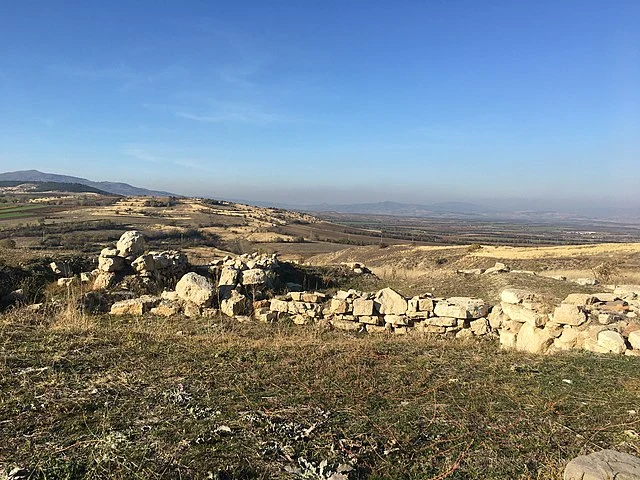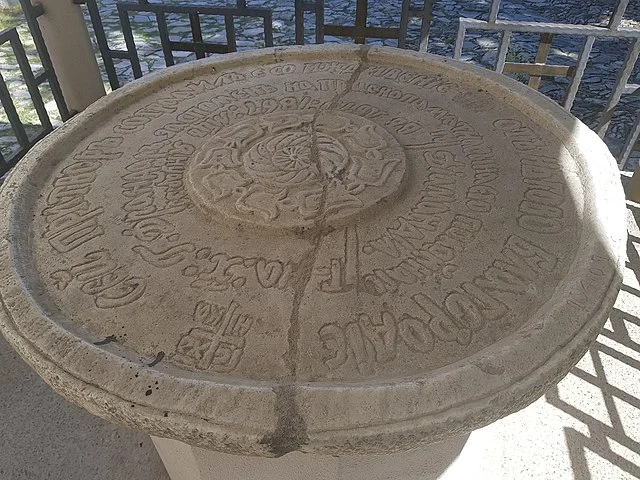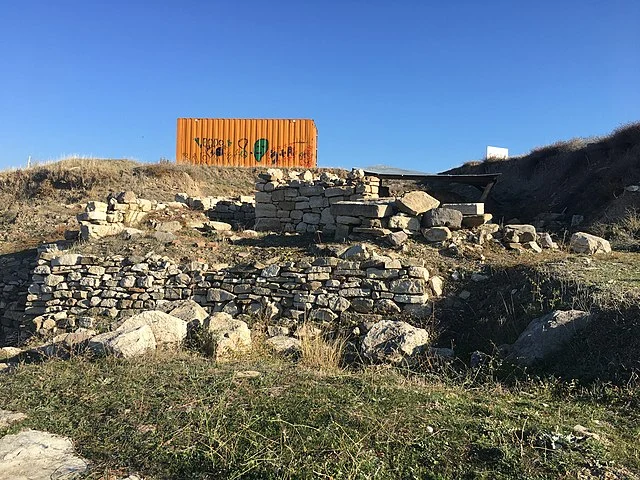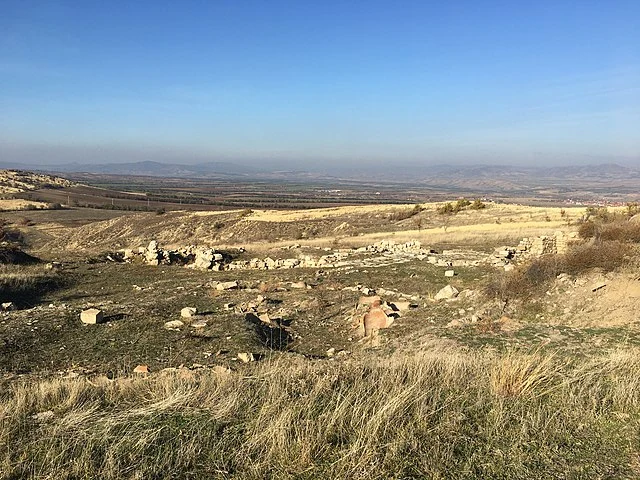Bylazora was a significant city in ancient Paeonia, located in present-day North Macedonia. As a crucial urban center, Bylazora played an essential role in the region’s political, economic, and military activities during the Classical and Hellenistic periods. Understanding Bylazora provides valuable insights into the broader historical context of Paeonia and its interactions with neighboring cultures.
Get your dose of History via Email
The Historical Context of Bylazora

Bylazora’s origins date back to at least the 5th century BC. The Paeonians, an ancient Thraco-Illyrian people, founded the city. They occupied a territory that included parts of modern-day North Macedonia, northern Greece, and southwestern Bulgaria. By the 4th century BC, Bylazora had become the most important Paeonian city. Its strategic location on the Axios River (modern Vardar River) facilitated trade and military movements.
The city’s significance grew during the reign of King Audoleon (around 310–286 BC). He allied with the Macedonian King Cassander and resisted the expansion of the Dardanians, a neighboring Illyrian group. This alliance allowed Bylazora to maintain its autonomy and influence. However, the city faced constant threats from powerful neighbors, including the Macedonian Kingdom to the south and the Dardanians to the north.
Archaeological Discoveries at Bylazora

Excavations at Bylazora began in the early 20th century but intensified in the late 20th and early 21st centuries. Archaeologists have uncovered extensive remains of the city’s fortifications, public buildings, and residential areas. These findings have provided significant information about the city’s layout and daily life.
One of the most notable discoveries at Bylazora is its acropolis. The acropolis, a fortified area on a hill, served as the city’s political and religious center. Archaeologists have found evidence of large defensive walls, gates, and towers, indicating the city’s importance in regional conflicts.
In addition to the fortifications, excavations have revealed residential structures, pottery, and artifacts. These findings suggest that Bylazora was a thriving urban center with a diverse population. The pottery styles indicate strong cultural connections with neighboring regions, including Macedonia and Thrace.
Bylazora’s Decline and Legacy

Bylazora’s decline began in the late 3rd century BC, as the Dardanians increased their pressure on the city. Despite its strong defenses, Bylazora eventually fell to the Dardanians, likely around the end of the 3rd century BC. After its capture, the city gradually lost its significance and was eventually abandoned.
The Roman conquest of the region in the 2nd century BC further diminished Bylazora’s importance. The Romans reorganized the area, incorporating it into the province of Macedonia. They established new cities and infrastructure, which overshadowed the old Paeonian centers like Bylazora.
Despite its decline, Bylazora’s legacy lives on through the archaeological findings that continue to shed light on Paeonian culture. The city’s ruins provide a glimpse into the complexities of ancient urban life in the Balkans. Bylazora remains an important site for understanding the interactions between the Paeonians, Macedonians, and other ancient peoples.
Conclusion
Bylazora was a prominent city in ancient Paeonia, with a rich history shaped by its strategic location and interactions with neighboring cultures. The archaeological discoveries at Bylazora have provided valuable insights into the city’s political, economic, and cultural significance. While the city eventually declined and was abandoned, its legacy endures through the ongoing study of its ruins. Bylazora offers a unique perspective on the ancient history of the Balkans and the broader dynamics of the region.
Source:

